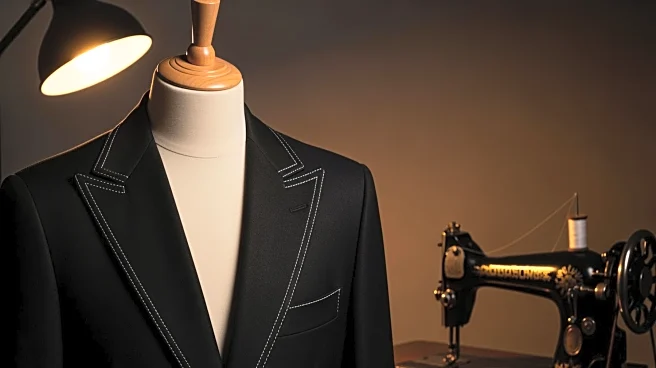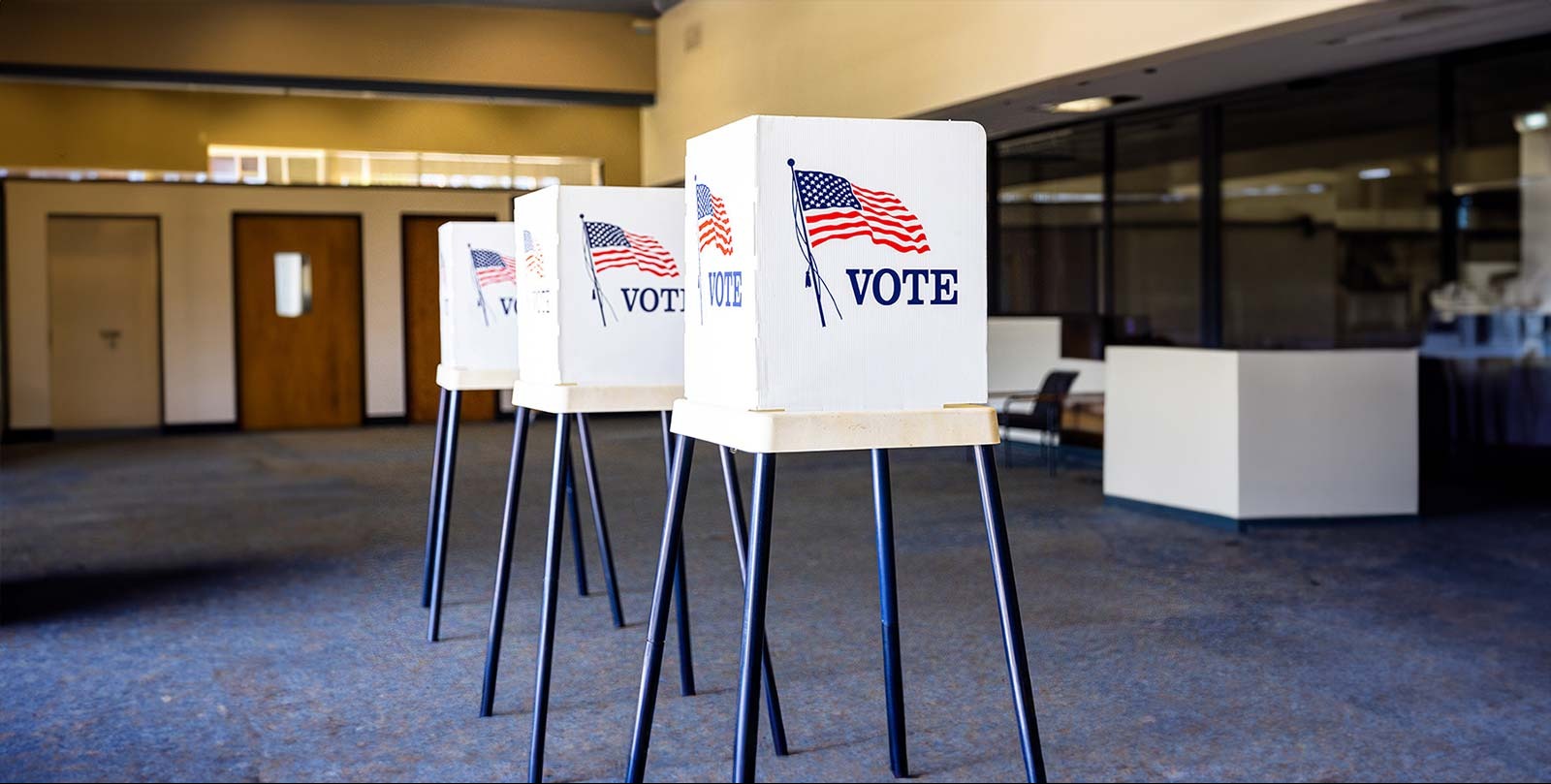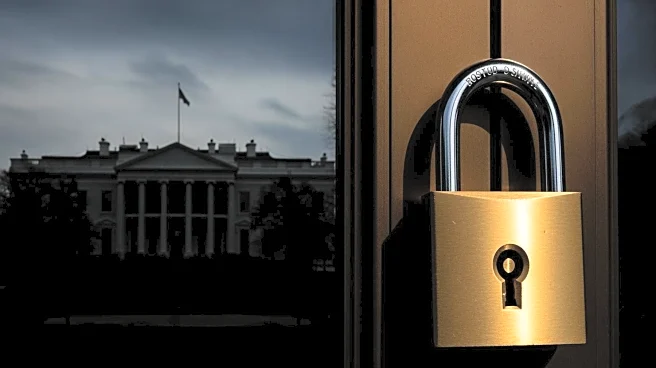What's Happening?
Brooks Brothers, the oldest clothing retailer in the United States, marks its 200-year anniversary on April 7, 2018. Founded by Henry Sands Brooks in New York City in 1818, the company has grown from a small
family-run haberdasher to a global brand known for shaping American style. Brooks Brothers has been influential in fashion, introducing iconic items such as the ready-to-wear suit, the button-down collar shirt, and the non-iron shirt. The brand has dressed 40 out of 45 U.S. Presidents and has maintained a reputation for quality and innovation throughout its history. Today, Brooks Brothers operates over 280 stores in the United States and more than 700 locations internationally.
Why It's Important?
Brooks Brothers' 200-year legacy highlights its significant impact on American fashion and retail. As a pioneer in ready-to-wear clothing, the brand has set standards for quality and style that have influenced generations of consumers, including political leaders and cultural icons. Its commitment to innovation and tradition has allowed Brooks Brothers to remain relevant in a rapidly changing fashion industry. The brand's ability to adapt while maintaining its core values demonstrates the enduring appeal of classic American style, which continues to resonate with consumers worldwide.
What's Next?
Brooks Brothers plans to continue its tradition of innovation and quality, focusing on expanding its global presence and enhancing its product offerings. The company aims to leverage its historical significance and brand reputation to attract new generations of customers. As fashion trends evolve, Brooks Brothers is expected to balance its classic style with modern design elements, ensuring its products remain desirable in both formal and casual settings.
Beyond the Headlines
Brooks Brothers' history is not without controversy, as the brand has faced criticism for its past involvement in the slave trade, providing clothing made from cotton harvested by slaves. This aspect of its history adds a complex layer to its legacy, prompting discussions on ethical production practices and the importance of acknowledging historical injustices. As the brand moves forward, it may need to address these issues to maintain its reputation and appeal to socially conscious consumers.












